I’ve been reading about climate change lately and grappling with despair for our future. If you’re concerned about this also, I highly recommend This Changes Everything: Capitalism vs the Climate by Naomi Klein. The book is very bleak and depressing but also offers hope and ways in which we can act, which is what I struggle with most. I try to buy green products, recycle, and buy used as much as possible, but I know I’m not doing enough. I drive my car to work everyday (although I took the bus a lot before we had a kid). I fly a few times a year. Ironically becoming a parent has made me more wasteful while also making me more concerned about the future. Klein rightly points out that this isn’t a problem one individual can solve and that guilt won’t fix it. People shouldn’t be forced to sacrifice while governments, militaries, and corporations are profligate with their carbon budgets. In her book, Klein describes how government legislation and infrastructure investment can manage a just transition to a low-carbon economy based on local control of renewable power generation, funded by taking the outrageous profits of oil companies in a settlement similar to that against tobacco companies.
Panels from Captain Marvel #30, written and pencilled by Jim Starlin, inked by Al Milgrom, and lettered by Tom Orzechowski.
Another book that I’ve found really fascinating is Deep Future by Curt Stager, a paleoecologist. A lot of news stories about climate change talk about what will happen by the year 2100. It’s not surprising that the short attention span of the news cycle focuses on this century but our greenhouse gas emissions will persist for much longer than that. Stager talks about how our climate will likely change over the next 100,000 years, looking at climate models and geological history via mud and ice cores for answers. The problem isn’t that climate change will destroy the earth and render it inhabitable for all life. The problem is that climate change will transform the world from the clement environment we have evolved in to a very different world with redrawn geography, less diverse ecosystems, and new realms of geopolitical conflicts. And then eventually (although the timescales are vastly different depending on how much fossil fuels we burn) the world will reach a peak of carbon concentrations in the atmosphere and began to cool, rearranging coastlines and disrupting far future civilizations again as glaciers return.
Matrix Revealed Core Sample Sculpture by Julienne Dolphin Wilding. Photo by Mick Garratt.
These books are nonfiction but they also tell stories, stories about our possible futures and what we can do to change them. To me, the most important part of Deep Future isn’t the discussion of how marine life will be affected and the future coastline of an ice-free Greenland–the most important part is Stager’s call for us to not just consider how our actions are going to affect our peers and our children and grandchildren, but to consider people thousands of years hence. This is something that reading SF routinely forces us to contemplate. An early example is the groundbreaking book (I can’t honestly call it a novel, since it has no characters–it’s pure speculative future history) Last and First Men by Olaf Stapledon. This book was published in 1930 and his predictions for the near future are very wrong but, as the book progresses, its scope widens to millions and millions of years. From the perspective of an all-seeing eye looking down on the solar system, you watch as humanity almost wipes itself out time after time and genetically modifies itself beyond recognition. The science is not congruent with our current understanding but the vision is unparalleled. When I read a Jim Starlin comic, this is what I assume he means by Captain Marvel’s cosmic consciousness.
Although Last and First Men is cosmic in scope, it never grants humanity a truly cosmic perspective. Utopias come and pass, replaced with genocidal barbarism. Or technologically advanced humans wipe our native life on other worlds to take them over. It doesn’t show us how to make peace with our world, how to live sustainably with limits.
Cover by Jim Starlin and Daina Graziunas. Starlin may have been thinking of Stapledon when he gave Captain Marvel cosmic consciousness. He drew this cover for Stapledon’s early work.
Some SF with a long-term view even celebrates how humanity can violently conquer the world and praises the extractivist mindset. An example is Fury by Henry Kuttner, in uncredited collaboration with his wife CL Moore. This novel, serialized in a pulp magazine in 1947 and published as a book in 1950, is set on lush, verdant Venus. Unfortunately most of the lifeforms are so deadly that people live in underwater cities, having fled to Venus after somehow making Earth uninhabitable. The mortal masses are ruled by decadent immortals. The novel describes humanity as weak, living in stability and comfort underwater out of fear. The solution to this is the protagonist Sam Reed, a man who is so angry at being mortal when the possibility of being immortal exists that he upends the whole system through deceit and violence, driving humanity to destroy every single form of native Venusian life so they can live on the surface. The novel portrays Sam Reed as an evil fascist who is also necessary to keep humanity moving towards our cosmic destiny of an interstellar civilization. It’s manifest destiny written on the galactic plane. Reed is a great character, his emotions are very compelling and the plot is propulsive. Ironically the most interesting scenes in the book are the depictions of Venusian predators that use addictive chemicals and illusions to ensnare their prey. But at the same time the underlying message of this story is horrific. Instead of learning from humanity’s mistake and trying to live with Venusian ecosystems or, even better, taking responsibility and trying to repair the Earth with technology, we instead wipe out all life on another planet. Fury is an example of how SF can tell us a destructive story about our place in the cosmos.
I’ve always believed, like Sam Reed in Fury, that the survival of our species on the scale of millions of years depends on establishing colonies in space, whether it’s underground bunkers on the Moon and Mars or hollowed-out asteroids like in Zebrowski’s Macrolife: A Mobile Utopia, another book that takes the long view. But before we can create miniature self-sufficient ecosystems in space, we have to learn how to sustain our global ecosystem on Earth. When we consider our place in the cosmos to be the conqueror, mastering nature and the harshness of space through technology without considering the truly long-term consequences, we are telling ourselves the same story that the leaders of oil and mining companies do. But SF can provide us with other visions, other ways of relating to and seeing our place in the cosmos.
Cover by Larry Kresek.
One contemporary author who deals directly with climate change, capitalism, sustainability, and conservation is Kim Stanley Robinson. I’ve read his Mars trilogy and 2312, and while I don’t always love his characterization or dialogue, I love his ideas. The three books of the Mars trilogy are Red Mars, Green Mars, and Blue Mars, and as you can tell from the titles, they portray a future history in which human colonists terraform Mars in the 21st through 23rd centuries, turning it green and capable of nurturing Earth life and then bulking up the atmosphere with greenhouse gases to melt the permafrost and fill depressions with oceans. But this isn’t a simple tale of human triumph over inert nature. Robinson spends a lot of time describing the alien sublimity of cold, lifeless Mars, and includes a faction in Martian politics that wants to keep Mars red. He also explores alternatives to corporate capitalism, including socialism and new hybrids.
As Klein expounds upon in This Changes Everything, the capitalist goal of extracting resources to fuel ever-increasing profits has led us to our current carbon crisis. Part of her solution to climate change is to develop a post-capitalist society where corporate profits are constrained by their environmental impact and the profits of polluters are used to pay for new, renewable-powered infrastructure that is controlled locally. But, to quote Frederic Jameson, “someone once said it is easier to imagine the end of the world than to imagine the end of capitalism.” There are lots of SF stories that tell us how we will destroy the world, and often I fear that we will destroy our civilization rather than give up on capitalism. Robinson addresses this directly in 2312:
Cover by Rick Sternbach.
“the space diaspora occurred as late capitalism writhed in its internal decision concerning whether to destroy Earth’s biosphere or change its rules. Many argued for the destruction of the biosphere, as being the lesser of two evils”–Pages 124-125 of 2312One of the main conflicts in Robinson’s solar-system-spanning civilization, which builds on the ideas of his Mars trilogy, is the tension between the cannibalistic corporations on Earth and the more egalitarian societies in space. New York City is flooded but still inhabited, a new Venice, and the Earth is filled with disaster zones. Mars is a planet-wide social democracy. But the true alternative to capitalism is the network between the asteroids and other habitats on planets and moons, called the Mondragon. It is an extension of the model of scientific research stations like McMurdo station on Antarctica and the International Space Station, where government provides for the needs of the people. In the Mondragon economic model, an artificial intelligence on a supercomputer controls the command economy. Each habitat’s needs are defined through a messy political process, then the program manages the production of the settlements to fulfill and distribute these needs. Capitalism is relegated to a regulated margin–creating excess wealth is regarded as a game or an art form. But it can’t strand communities in poverty and pollute the environment.
The Scottish SF writer Iain M Banks and the Welsh author Alastair Reynolds take leftist ideas even further in their novels. Banks’ Culture, an interstellar civilization of anarchic humanoids, who live for pleasure and the pursuit of their own meaning, is ruled by advanced AI just like the Mondragon in 2312. Automation has freed people from work. In Reynolds Revelation Space far future series, the Demarchists govern themselves through a system of democratic anarchy, or Demarchy. A cybernetic brain implant allows for all citizens to be instantly polled on any decision the government makes. Because there are so many decisions made in a minute, this voting process becomes a subconscious response for all but the most major issues. Representative democracy, which can all too often be corrupted by plutocrats, is replaced by absolutely direct democracy. In all these SF novels, technology is essential to our liberation. I don’t think Klein would agree with that. She spends a couple of chapters in This Changes Everything decrying technocratic solutions to climate change. But just as technology has brought us to this juncture, it can be part of our path to a more just future.
In many ways 2312 is idealistic but reading it makes me hopeful. Humanity recognizes that we alter nature and that, because of that, we need to consciously be good stewards and use technology to support and extend natural systems. Like in Macrolife, more people live in asteroid habitats than on planets. Each asteroid is a carefully crafted ecosystem called a terrarium. One thing we must keep in mind as we transform our Earth with industrial processes that there is no ideal Eden that we can preserve or recreate. Species and environments are always evolving and people are a part of nature too. Robinson discusses this idea when he catalogues the various ecosystems on the asteroids, some wholly imagined, others based on Earth ecosystems, but all artifacts of human engineering. As humans radically change our world the distinction between natural and artificial environments loses all meaning. We cannot return to an imagined prelapsarian state of complete harmony with our environments. But we can work to change our society and our technology to prioritize sustainability over profitability. And SF can provide us with inspiration and ideas for how to make that possible.
Painting by Rick Guidice for NASA.
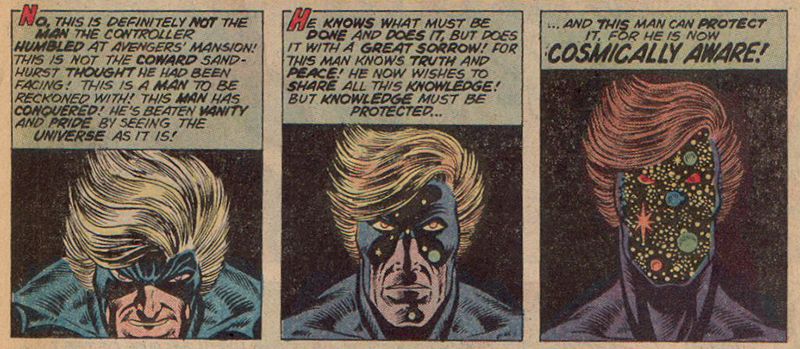
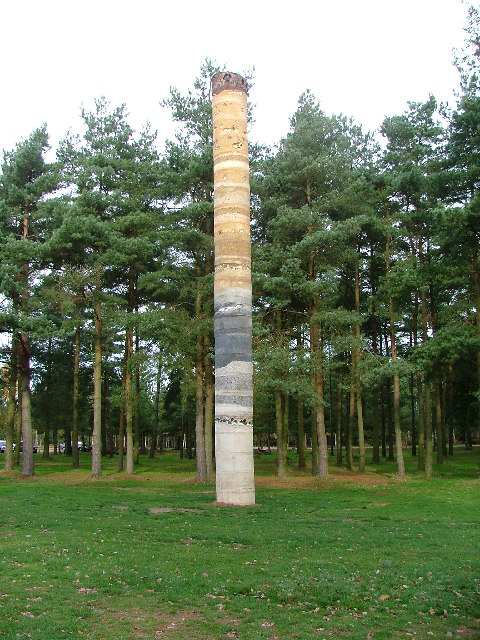
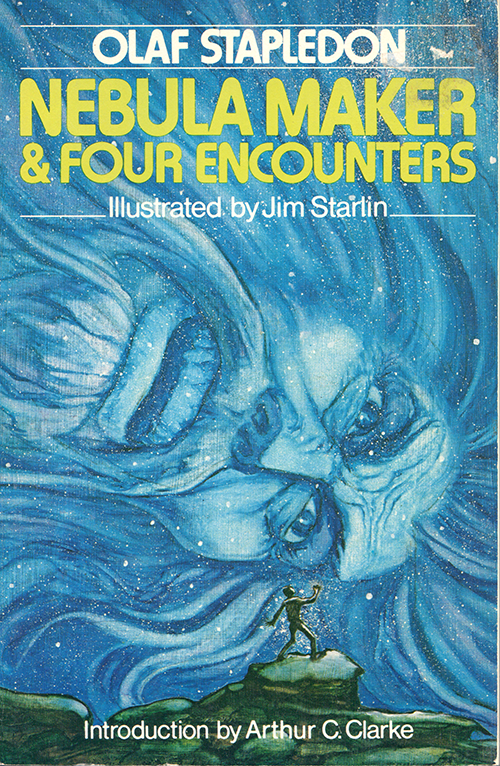
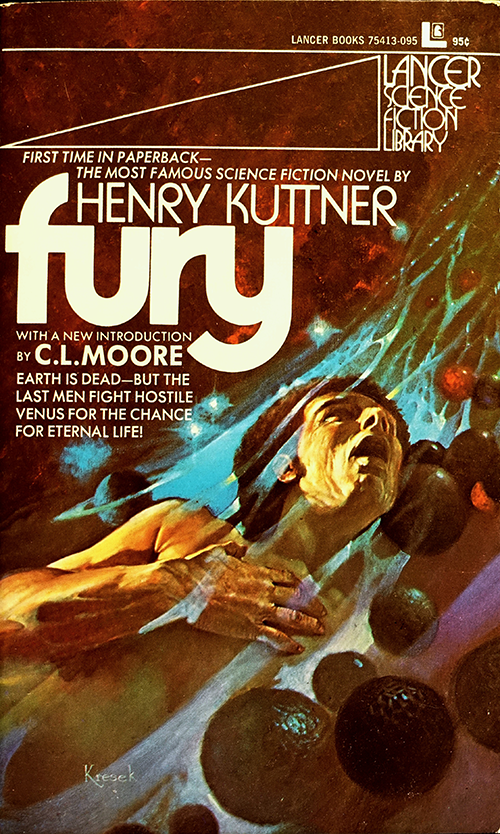
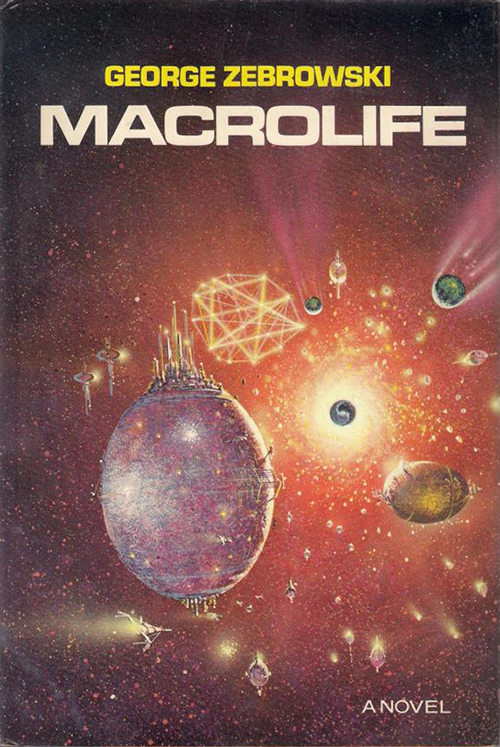
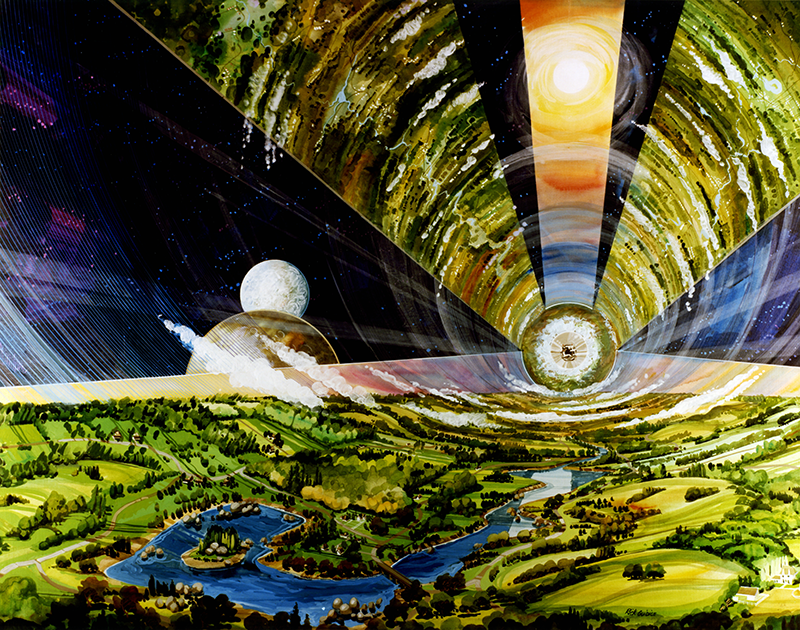
When reading the book about climate change lately and grappling with despair for our future. In the book Klein describes how government legislation and infrastructure investment can manage a just transition to a low-carbon economy based on local control of renewable power generation, funded by taking the outrageous profits of oil companies in a settlement similar to that against tobacco companies.
ReplyDeleteUsing RentalCars you can discover the best car hire at over 49,000 locations worldwide.
ReplyDelete